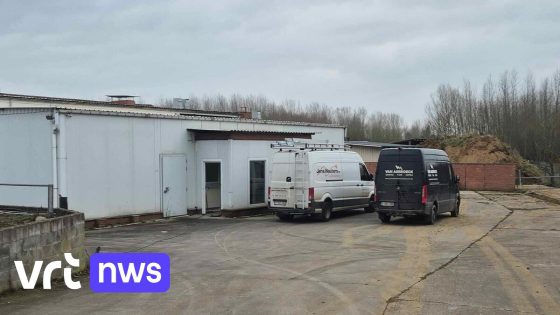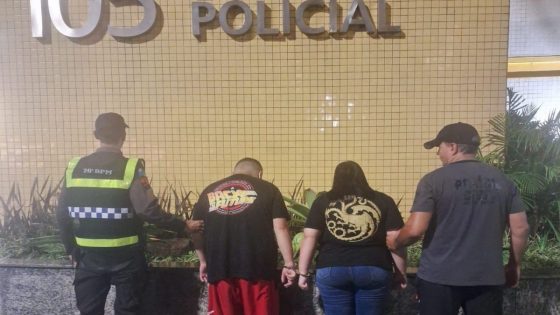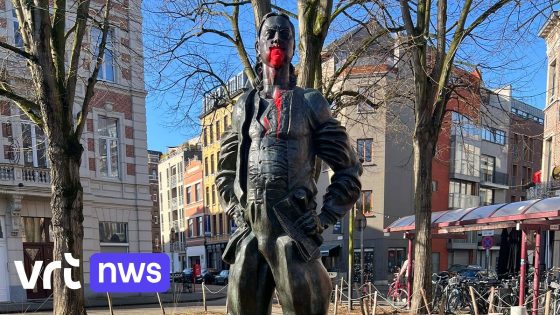Kortenaken is set to welcome a new small-scale slaughterhouse, a significant development for local meat producers. On February 12 and 13, the Van Asbroeck brothers will unveil their plans to convert an old facility into a hub for processing sheep, goats, and cattle. Why is this important? Currently, local farmers face long journeys to have their animals processed.
- Small meat producers face long transport distances.
- No slaughterhouses for sheep and goats nearby.
- Local slaughterhouse aims for short supply chains.
- Plans to be revealed on February 12-13.
- Focus on individual livestock owners and producers.
Kortenaken’s New Slaughterhouse: A Local Solution for Meat Producers
This new facility aims to ease the burden on small meat producers who currently travel far distances. Isn’t it frustrating when local options are limited? The Van Asbroeck brothers emphasize that their slaughterhouse will focus on short supply chains, supporting local agriculture.
The Importance of Local Slaughterhouses for Farmers
A thriving community relies on accessible resources. Small-scale slaughterhouses like this one can significantly impact local economies by:
- Reducing transportation costs for farmers.
- Providing fresher meat options for consumers.
- Supporting sustainable farming practices.
- Strengthening community ties through local sourcing.
The Van Asbroeck Brothers’ Vision for Sustainable Farming
The brothers aim to create a facility that prioritizes sustainability over industrial practices. By working closely with small producers, they hope to foster a more resilient agricultural ecosystem. Could this model be replicated elsewhere?
Community Engagement: Informational Events Scheduled
The upcoming informational sessions on February 12 and 13 will detail how the slaughterhouse operates and its benefits. Community involvement is crucial; what questions do you have about this project?
The Future of Meat Production in Belgium
This venture represents a shift towards localized food production in Belgium. With fewer processing plants available, could more communities follow suit? The success of this project might encourage others across Europe—and even in the US—to rethink their meat supply chains.






























